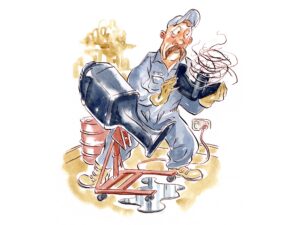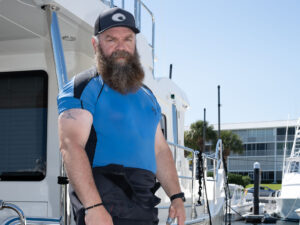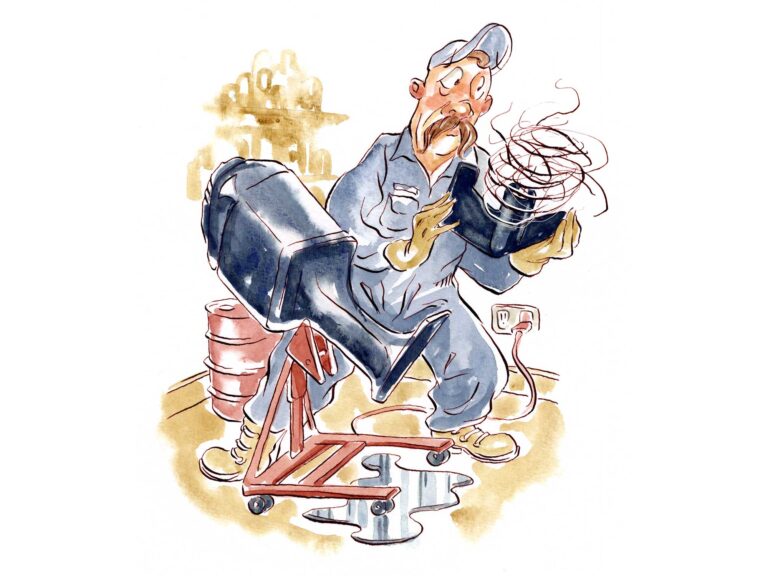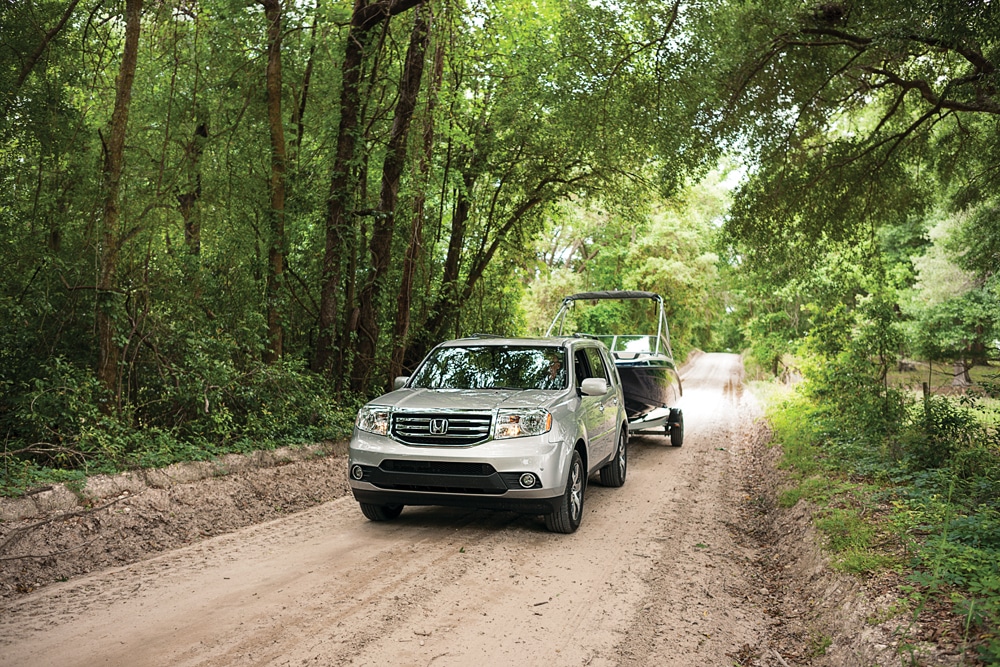
Trailer Boating Through the Southeast
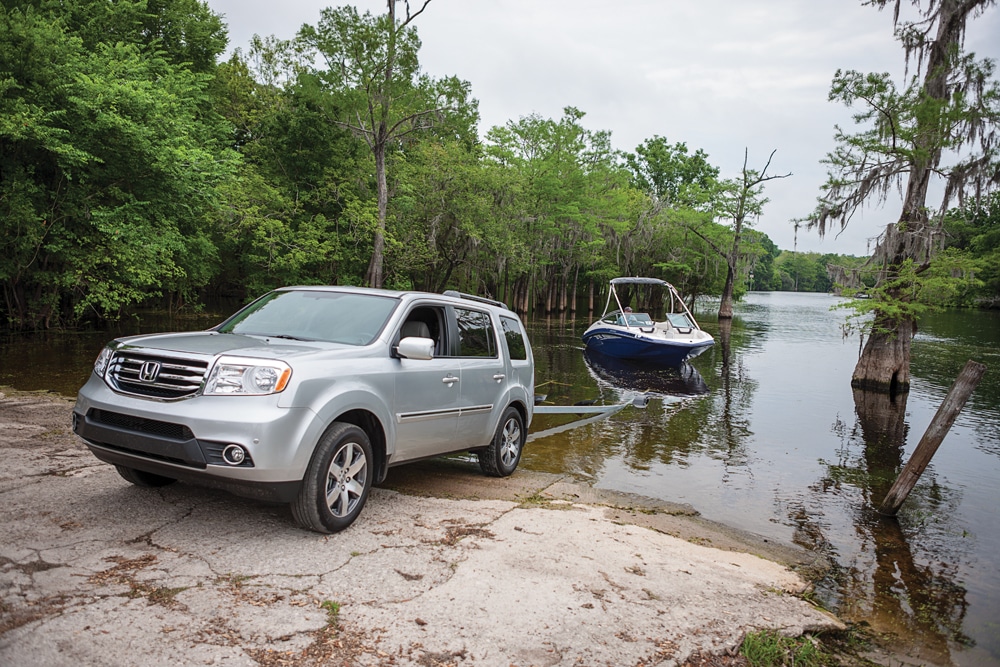
Trailer Boating Through the Southeast
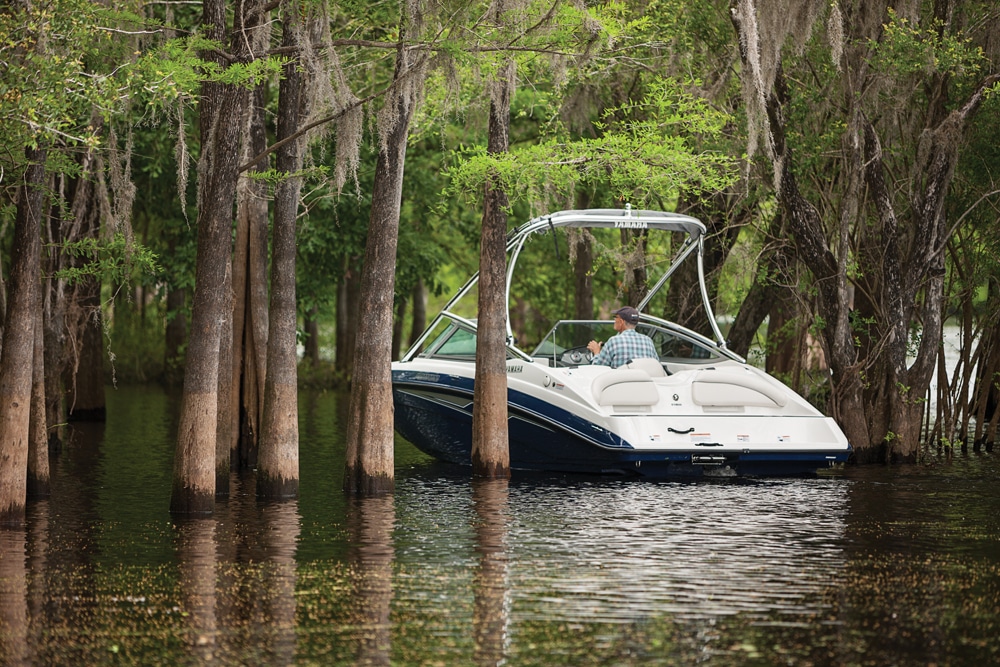
Trailer Boating Through the Southeast
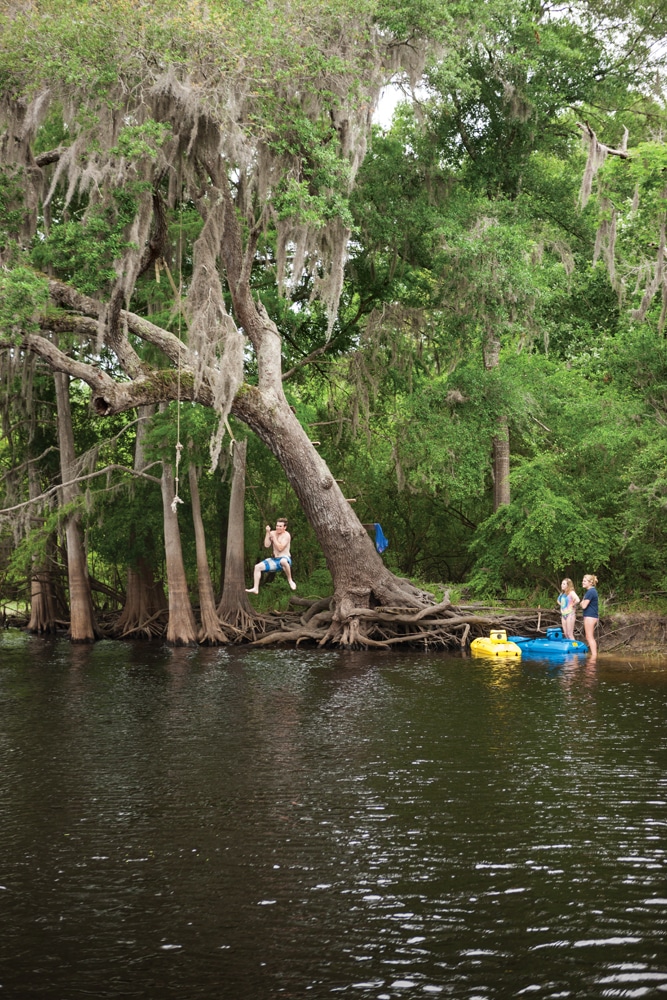
Trailer Boating Through the Southeast
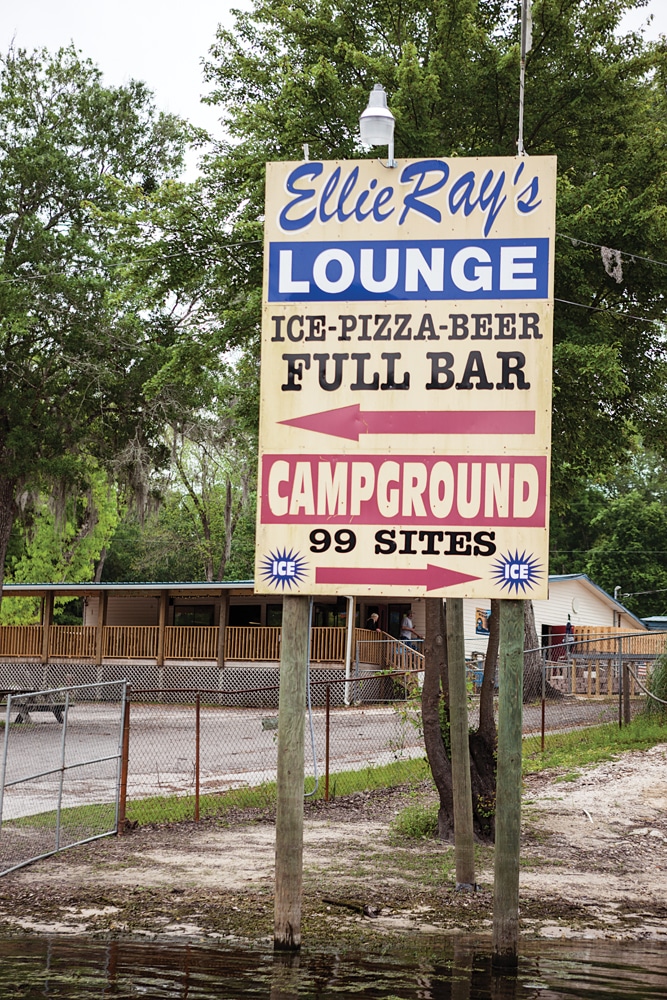
Trailer Boating Through the Southeast
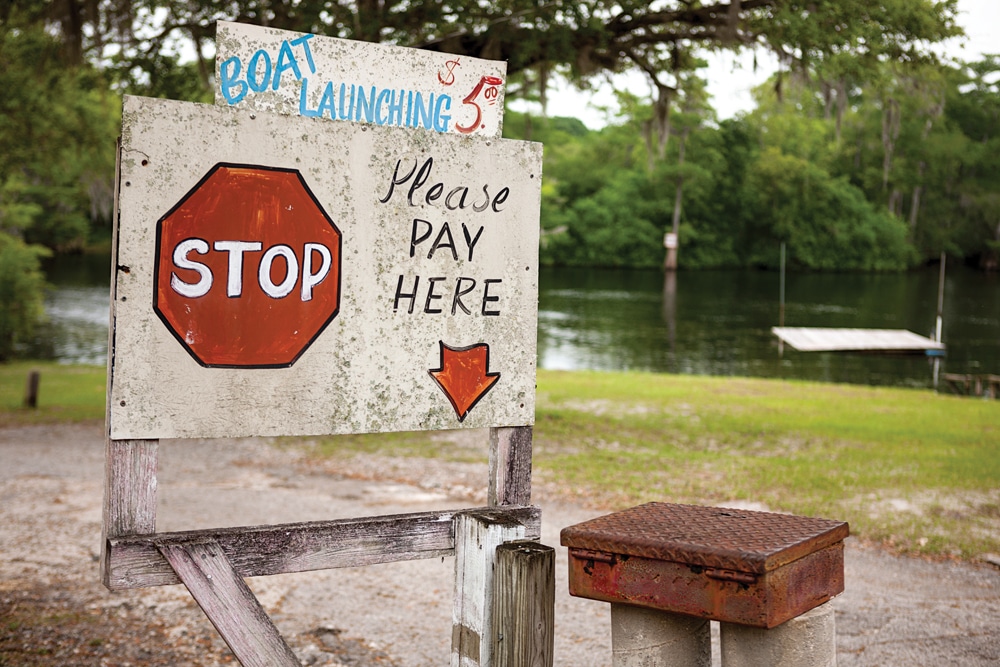
Trailer Boating Through the Southeast

Trailer Boating Through the Southeast
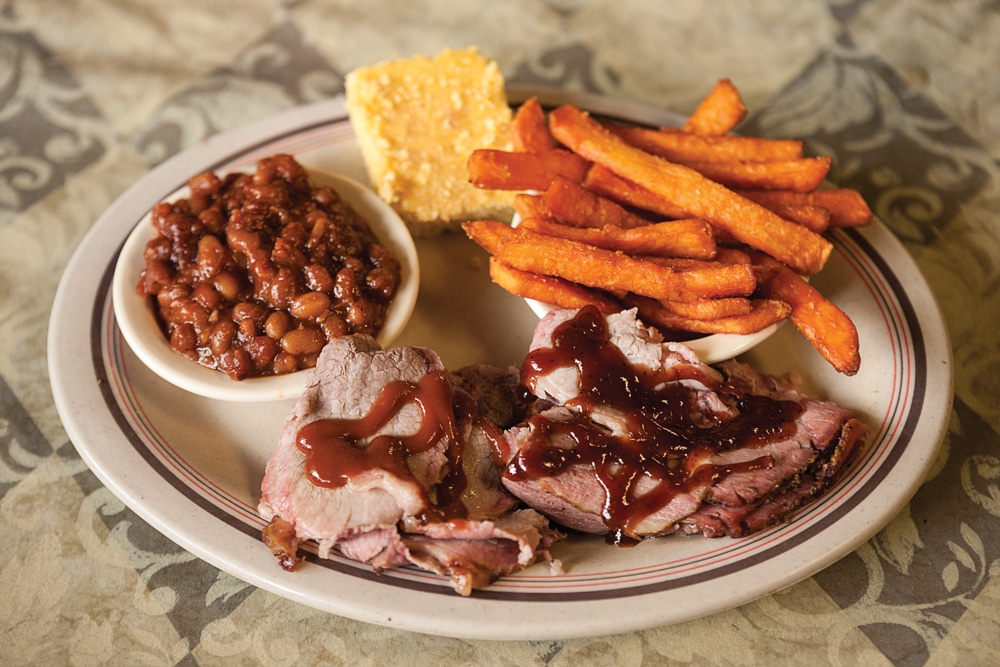
Trailer Boating Through the Southeast
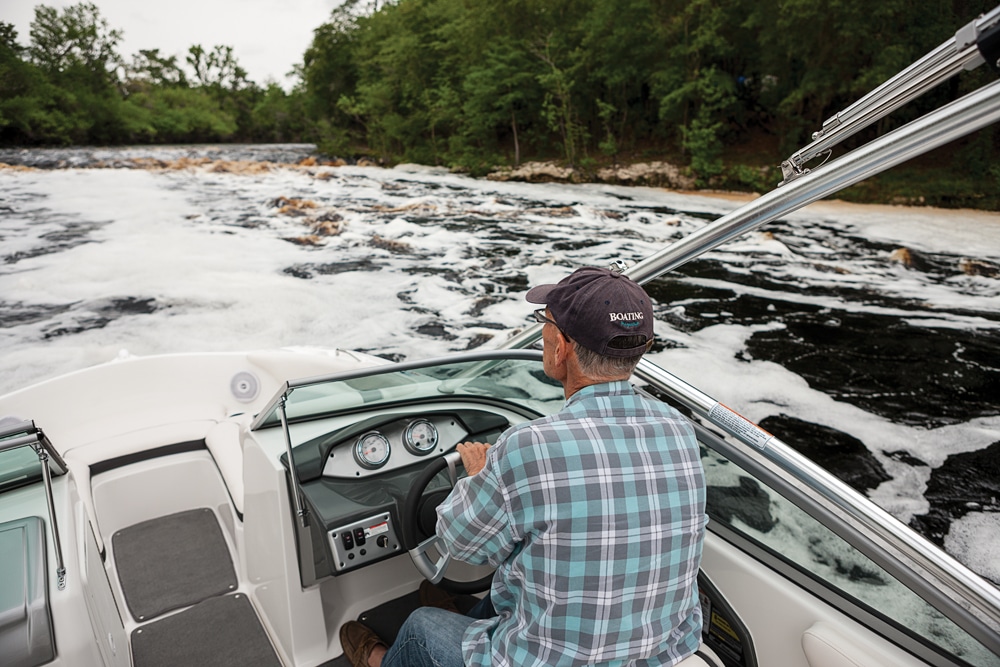
Trailer Boating Through the Southeast
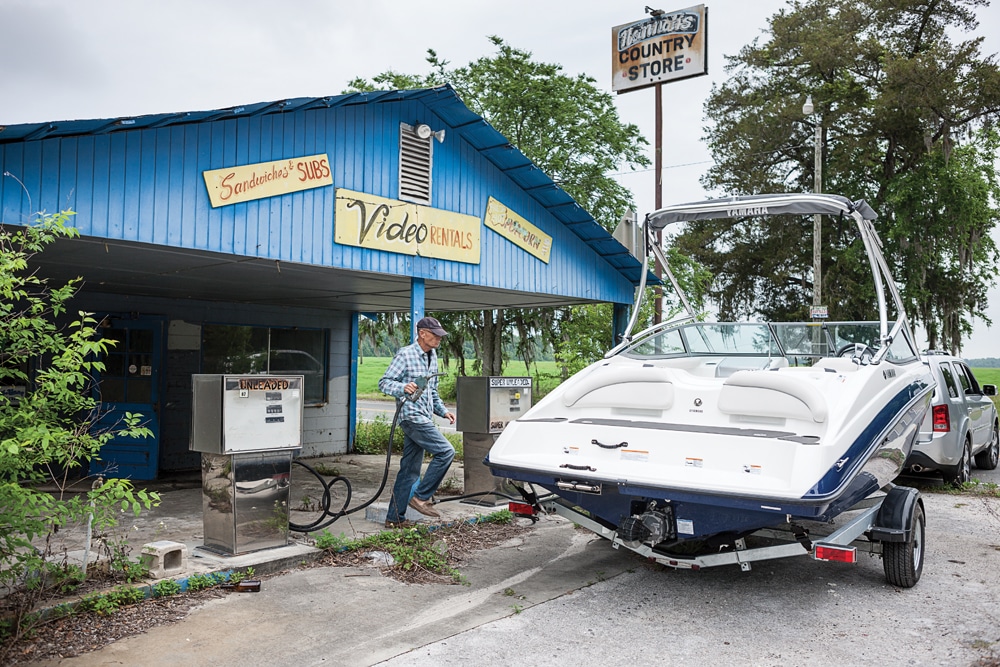
Trailer Boating Through the Southeast
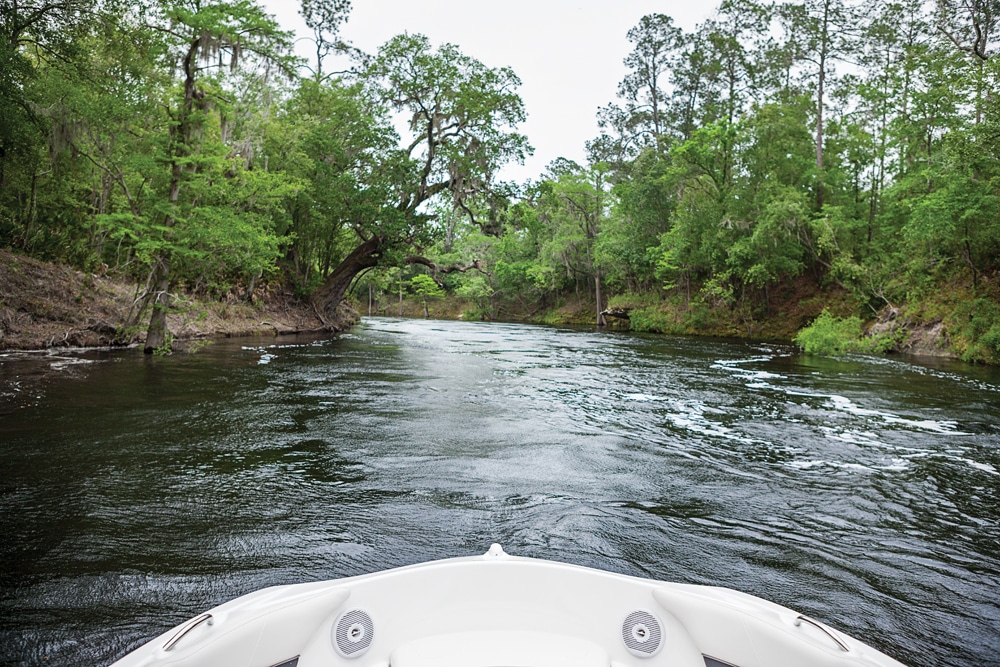
Trailer Boating Through the Southeast
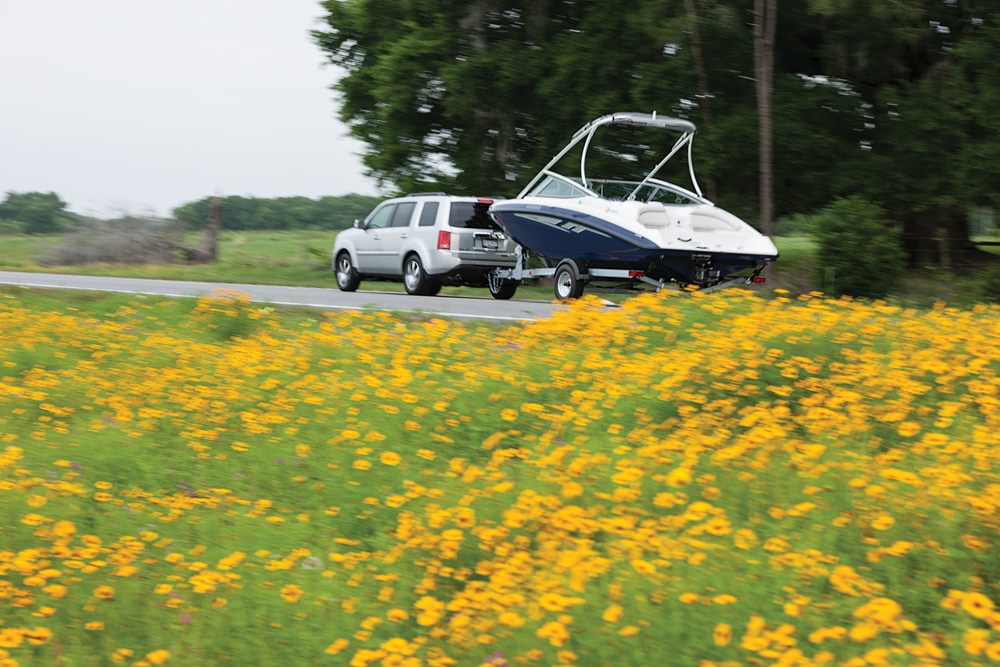
Trailer Boating Through the Southeast
How much time do you have to go cruising? I mean to really cover some serious mileage? Probably not much. Few of us do. But if you did, do you think your boat is big enough to take you to those faraway places? Also, probably not.
So, how do you pack in as many cruising miles as possible in the least amount of time and not have to own a large (and expensive) cruiser? First, you’ll have to start looking at cruising in a different way. While the premise stays the same — exploring as much new water as possible — the way you do it has to change, as does the time frame. Follow along and I’ll show you how much cruising you can do with a boat, a trailer, and a vehicle to tow it.
My Way Is the Highway
Normally, for cruising, I’d say that the bigger the boat, the better. It will be more comfortable facing the inevitable days of rough seas, and, since you’ll be stuck on it for days at a time, it will provide civilized living conditions. But big cruisers require more time for traveling between cruising grounds.
What I’m suggesting is cruising in a trailerable boat, and for this, the smaller, the better — and way less expensive. Trailering lets you jump from one cruising ground to the next at highway speeds so you can spend less time getting there and more time exploring. Smaller boats are easy to tow, can be launched from any backwoods ramp, and can sneak into interesting waters that a big boat never could.
Road Warrior
Not sold on the idea? Follow along as I change your mind while I take five “mental health” days off from work, joined by a friend who does the same, and head out on the highway.
We start from Boating‘s home office in central Florida and head north. As it turns out, we won’t have to go too far, and neither should you.
For a boat, we choose one of America’s most popular models, a Yamaha AR190. It’s a jet drive, so it’s perfect for shallow-water river running. With a trailer, the total rig comes in at 2,728 pounds, which is light enough to be pulled by my Honda Pilot. On the highway, we average about 16 mpg. Not great, but the boat gets just above 3 mpg on the water, so this is traveling on the cheap — and fast.
We’re off early Monday morning, beating the traffic at 20 mph over the speed limit — which is also over the limit for our trailer, which is 65 mph. Most small runabouts come with an inexpensive trailer to keep the package price down. That means a single axle with two small wheels. For stability at high speed, you want multiple axles and the largest wheels that will fit under the fenders. Our little rig is fine for short trips to the ramp, but change lanes at anything faster than 60 mph and it’s like a dog’s tail wagging the dog.
The general rule is if your boat, gear and trailer weight more than 3,000 pounds, you should have twin axles. We’re right on the line, and feel it. Multiple axles also spread the load to reduce tire and bearing stress. It’s what you need for an asphalt assault like ours.
Our trailer also didn’t come with brakes, another feature unlikely to be found on a small boat’s rig. But do you really need them? On another day, at 60 mph my friend’s GMC Yukon with ABS brakes took about 150 feet to stop. I then attached a trailer with brakes but disabled the system. My stopping distance almost doubled to 290 feet. But when I activated the surge-brake system it dropped to 210 feet. If you can, have brakes.
Don’t Trust Steve
Being close by, we start with the Suwannee River, a great American waterway made famous by songwriter Stephen Foster, who had never seen the stream. He was looking for a name with two syllables and almost went with Pee Dee (in the Carolinas) until someone suggested the more melodic Suwannee.
It’s a river better known by name than by direct experience, as few boaters other than the locals ever come here. It’s a shame too. This is a part of Florida outside of Disney’s contrived reality or the transplanted glitz of Miami. It’s the real South. Georgia by heart, Florida by a politician’s state line.
We drive down a sand road with no name through moss-draped oaks and scrubby palmettos, where it dives into the river to become our ramp. The slowly moving water is the color of Lipton tea and tastes like swamp. While it looks nasty, the river is one of the healthiest in the South, being cleansed by 24 artesian springs, each pumping an average 64 million gallons a day into the river, so that by halfway downstream the color changes green.
We’re lucky; the river is high and I can drive my little jet boat through a forest of cypress trees. Maybe in a month the river would be back down and I’d have to walk to trace the same path. Rivers are like that. Unlike tides, they’re up and down with no pattern. Because it’s high, we reach Big Shoals, a rapid with a 3-foot waterfall. A sign reads “Shoals ahead, river impassable.” Got that right. You can hear the freight train sound a half-mile away. Other times you can’t get within miles of it.
From here it’s another 70 rocky and shallow miles to the river’s headwaters in the Okefenokee Swamp, home of Pogo, a philosophical newspaper-cartoon possum from my youth.
After turning back, we pull into Ellie Ray’s for Cokes and boiled peanuts. We’re soon joined by Travis in his 1960s-vintage Glastron. He is madly in love with the Suwannee and tells us of sturgeons, living fossils left over from the Devonian age. They measure half the length of his boat, launching themselves out of the water and then belly-flopping back in.
We’re in love too, and with its 177 miles of navigable waters, it’s too long for us to linger. We’ve got other places to be.
Forging Ahead
Why did I choose rivers over, say, a big lake? With rivers, you’re always going somewhere. They start and end. You fly down a serpentine waterway banking into turns with the land so close you feel like you’re going faster than you really are. It’s short-attention-span cruising with plenty of places to put in and discover. With a lake, you just make a big circle.
Lakes are open bodies of water and can get rough, and sometimes all you’ll see is water. Lakes mostly come in one color. Rivers like the ones we’re on are brown, green, blue and turquoise. Rivers smell better too, or at least there’s more variety to tickle your nose.
On a river, my friend and I can travel together in the boat to explore a specific area. But if we want to make miles and never backtrack, one of us takes the boat, the other the car, and we leapfrog, meeting up to change places every hour or so. This also forces us to find little-used side roads and great places to chow down, like Akins’ Bar-B-Q on what passes for Main Street in tiny Bell, Florida.
Rivers pass through towns, lots of them. And usually old interesting ones, since rivers were the freeways before there were roads. That means you’re never too far from a good meal or a place to sleep. We’re usually up and fed by 8 a.m. and looking for a motel by 4 p.m. This way there’s no panicky twilight search for a place to stay or dine. You’re in and settled, and can enjoy the nicest part of the day.
Rivers also rarely travel alone. If there’s one, there are usually a few more joining it. As we find out, the Suwannee is fed by the skinny Withlacoochee and Alapaha rivers, which we are able to get into because the water is so high. Farther downstream is the Santa Fe River, which is deep at all times and is, in turn, fed by the Ichetucknee — a National Natural Landmark with water like liquid light, so clear we feel like the boat is suspended in air.
The beauty here is how quickly we’re able to see it all. In two days we’ve already touched five rivers. And, with our boat behind us on the road again, we’ve still got three days to go.
Four Into One
We make a short run north for a taste of the Apalachicola River and a side trip to Wakulla Springs State Park to see “Henry, the Pole-Vaulting Fish.” Then we cruise south toward home, putting in at Crystal River for a last jaunt. Not eager to end the trip, we stop at the Bithlo Fairgrounds on Friday night to watch a demolition derby with cars towing boat trailers, just like I-75 but with trophies.
When all is said and done, we easily found time to visit a number of rivers — more than we could have cruising on a larger boat. We took to the road and had an awesome boating adventure. There’s no reason you can’t too.



